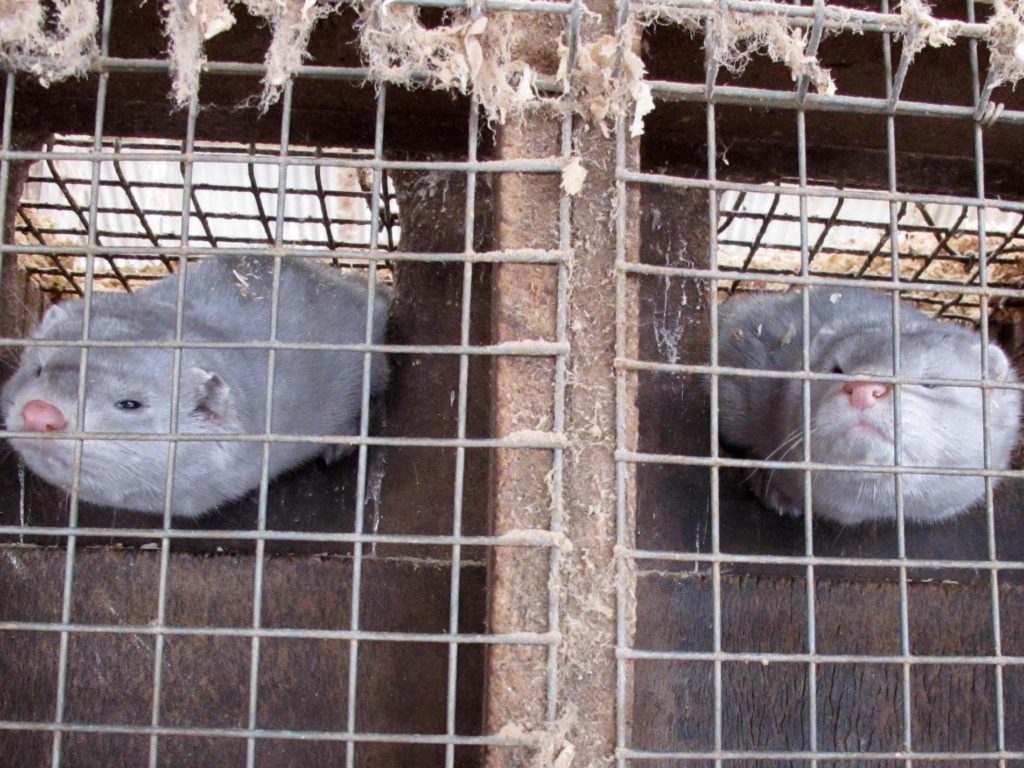[ad_1]
Mink at a farm in Wisconsin on February 12, 2013. Carrie Antlfinger/AP
The Danish government plans to bury 17 million mink culled over coronavirus fears en masse on military land, or will incinerate them, as its rendering plants struggle to keep up with demand.
The cull of the country’s entire population of mink was announced Wednesday. It is the largest cull since a mutated strain of the coronavirus, which can transmit to people, was found in the animals.
At least 12 people had been infected as of Thursday, with the Danish government saying mink farms could be connected to up to 400 cases. Prime Minister Mette Frederiksen said the mutated strain could affect the efficacy of a vaccine.
Experts told Business Insider’s Aylin Woodward that it might be premature to panic. The new strain is not remarkably different or more serious so far, they said.
Denmark’s neighbors have already begun to react:
The UK enacted a travel ban on Danish people, and recent arrivals from the country are being isolated from others in UK hospitals, The Times of London reported.
The UK’s National Health Service issued guidance for treating coronavirus patients from Denmark: They must “be managed in strict isolation in a single room with en suite bathroom,” The Times said.
Norway is also considering refusing entry to Danes, according to Norway Today.
Planes and ships from Denmark will be barred from docking in England, according to Sky News.
Mink may have been infected first by humans with the virus, the BBC said.
A small number of researchers have written to the journal Science to call for mink farming to be banned.
On October 1, the Danish Ministry of Environment and Food announced that all mink on farms that had been found to have infections would be culled, as well as all mink on farms within a 4.8-mile radius.
Story continues
That cull was then widened to encompass all of the country’s mink — which presents a logistical question for such an unprecedented action.
The bodies of culled mink were due to be disposed of by rendering at specialized plants, according to the environment ministry. Rendering is a method of converting animal waste, often to produce useful byproducts.
It is unclear whether any byproducts are due to be produced from this cull, other than the furs of mink that come from nonsuspect farms, which are allowed to be skinned.
But because of a lack of capacity at the rendering plants, some animals will be incinerated, the ministry said. There, their bodies can contribute to local heating, according to the local newspaper Informatíon. Others will be drenched in lime and buried on military ground, the ministry announced.
“Public-health considerations have made it necessary to kill the animals very quickly, and therefore we have to dig some of them down,” Informatíon reported Uffe Stormly, the chief of the country’s National Operational Staff, part of the country’s emergency management infrastructure, as saying.
“But we do it in a way so that there is no risk to the surrounding community,” he added. The burial of the animals there would pose no risk to the future water supply or further infection.
Two military areas in use will be Karup and Hostelbro, the paper reported, with areas of Jutland also under consideration.
All mink are scheduled to be killed by November 16, the paper reported.
Read the original article on Business Insider
[ad_2]
Source link
